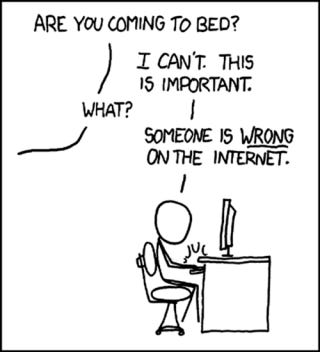Best practices for fact-checking in science journalism
“Fact-checking is more than checking facts: It’s also about checking assumptions. Whether you’re examining your work or someone else’s, the hardest part is identifying and interrogating the implicit ideas that tie a story together.”
— Katie Palmer, science and health editor, Quartz
Do you think Earth is flat?
Do you believe in conspiracy theories?
Of all the conspiracy theories that litter the Internet, the [flat Earth conspiracy](Are flat-earthers being serious?) is quite possibly the most curious.
Most conspiracy theorists adopt many fringe theories, even ones contradicting each other.
These people say that the Earth is a flat disc and that the pictures taken from space that show that the Earth is round are a big hoax pulled off by several governments.
Maybe they are right, and what they claim is true: Earth can be flat.
But how would you know it?
Have you checked the facts?
Do you have scientific evidence to claim this statement?
Maybe you think that’s unnecessary, but let us tell you the WHAT, WHY, HOW and WHEN of Fact-checking.

Here is a glimpse of what we will explore throughout the week.
Day 1: What is fact-checking?
A fact is a statement that can be verified. A statement of opinion is not a fact. You work with written content as a fact-checker, not research new material.
Day 2: Why is fact-checking important?
Fact-checking ensures a story is as accurate and clear as possible before publication or broadcast.
Day 3: How to fact-check? - I
While reading, one can highlight, underline, or mark all facts that can be verified, including phrasing and word choices such as ‘always’ and ‘exactly’.
Day 4: How to fact-check? - II
…working with primary sources when available (including contacting a source via telephone, reading original publications, and accessing government websites) and quality secondary sources when necessary will ensure the legitimacy, authenticity, and validity of the information at hand.
Day 5: When to fact-check?
EVERY TIME! But we understand that’s practically not possible. We tackle ways of making this process better.
Day 6: Loads of resources
Get a list of reading material and resources that will help you deepen the impact of fact-checking.
Do subscribe to read this full mini-course.
Your subscription makes us believe in our mission.
Also, reply to this email with suggestions, comments, advice, or a wishlist of specific topics. We will hear you!
Keep reading with a 7-day free trial
Subscribe to A beginner's guide to SciComm to keep reading this post and get 7 days of free access to the full post archives.


